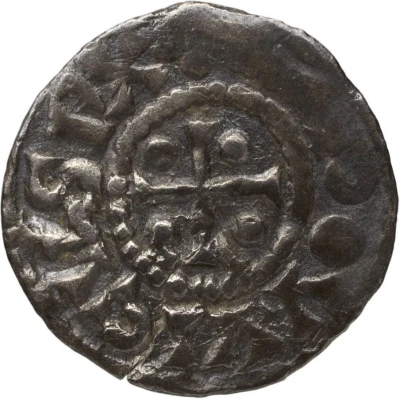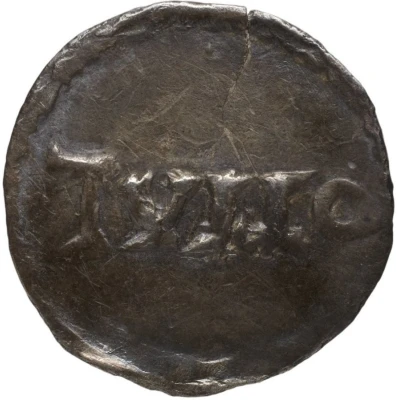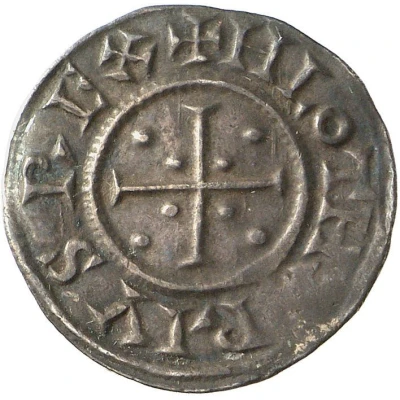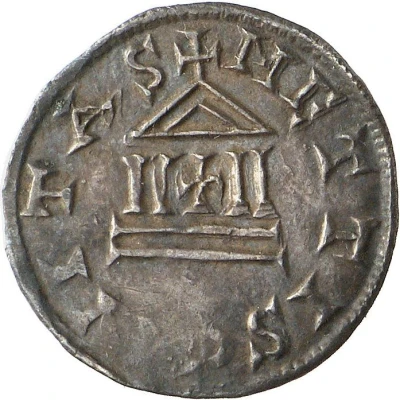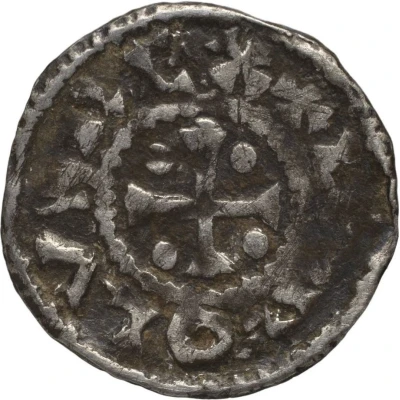
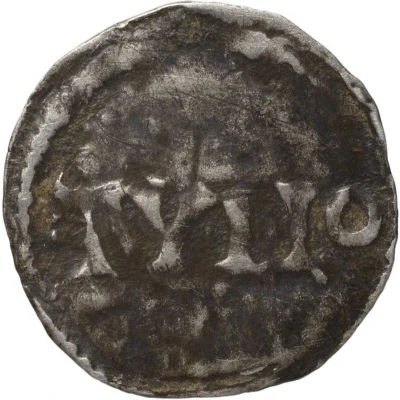

© Bibliothèque nationale de France / Gallica
Obol - Charles III Toul
| Silver | 0.63 g | - |
| Issuer | Lotharingia (Carolingian States) |
|---|---|
| King | Charles III the Simple (911-923) |
| Type | Standard circulation coin |
| Years | 911-922 |
| Value | 1 Obol (1⁄480) |
| Currency | Pound (855-959) |
| Composition | Silver |
| Weight | 0.63 g |
| Shape | Round (irregular) |
| Technique | Hammered |
| Orientation | Variable alignment ↺ |
| Demonetized | Yes |
| Updated | 2024-10-09 |
| Numista | N#342128 |
|---|---|
| Rarity index | 100% |
Reverse
Legend in one line.
Script: Latin
Lettering: TVLLO
Translation: Toul.
Interesting fact
One interesting fact about the Obol coin is that it was used as a form of currency during a time of great economic and political change in Europe. The Carolingian States, which issued the coin, were a series of kingdoms that emerged from the Frankish Empire and played a significant role in shaping the political and economic landscape of medieval Europe. The Obol coin, specifically, was used during the reign of Charles III, also known as Charles the Simple, who ruled over West Francia and Lotharingia. Despite its small size and relatively low value, the Obol was an important symbol of the economic and political power of the Carolingian States, and it remains a valuable piece of history for collectors and historians today.
